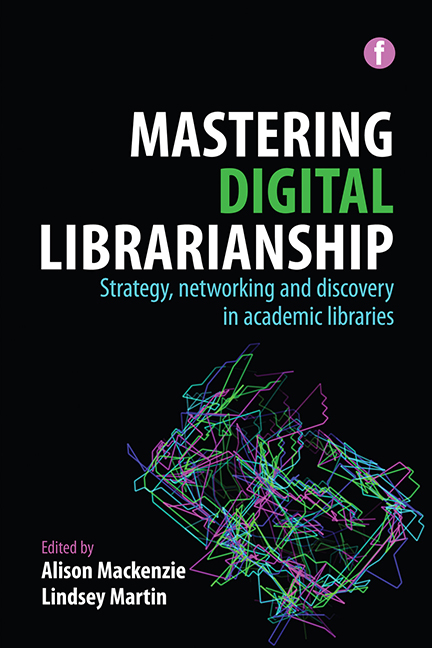1 - Digital marketing in an outreach context
Published online by Cambridge University Press: 13 September 2022
Summary
Introduction
Marketing or public relations has a chequered history in libraries. For cautious administrators, it represents a perilous minefield of potential legal challenges to the university's brand and image. For others, it is one step closer to the corporatization of libraries, on a level with coffee shops and outsourcing cataloguing. Even for libraries that have set up a Facebook page, marketing can often be seen as slightly creepy or slightly inane; a waste of time that diverts staff and resources from the library's decreasing budget. Notwithstanding, a ‘library's collection and services are relevant only to the extent that they are used by their intended audience’ (Smith, 2011, 333). In an increasingly complex information environment, marketing, or the promotion of products and services, is key.
Digital marketing, which refers to the use of digital technology for promotion and outreach, has often been seen as adapted to new undergraduate internet lifestyles and a way to promote the library's higherquality online information resources (Smith, 2011, 334). However, just as ‘smartphones are not just miniature PCs’ but possess their own ecosystem, digital marketing cannot be seen as a direct extension of traditional library marketing activities (Aldrich, 2010). Instead, it is important that libraries examine the wider social and cultural effects of technological change, as well as new tools, in order to design authentic and effective outreach and marketing strategies.
Accordingly, this chapter will provide an overview of digital marketing and outreach in the LIS context, looking in particular at the experiences of academic libraries. Drawing on the work of David Lankes, it will take a broad approach to the library's role in the changing information landscape, effectively situating new tools and techniques within the movement towards usercentred librarianship. Within this framework, the chapter will highlight overarching themes from this outreach model, while also focusing on examples of general tools such as Twitter, mobile or locationbased tools such as Foursquare and visual tools such as Pinterest. The bulk of the chapter will consider the benefits, issues and impact of this process and will provide examples from the aforementioned tools to illustrate major points. The chapter will finish with a series of questions that are derived from the University of Colorado, Boulder (UCB) experience and designed to help the planning process.
- Type
- Chapter
- Information
- Mastering Digital LibrarianshipStrategy, networking and discovery in academic libraries, pp. 3 - 22Publisher: FacetPrint publication year: 2014



